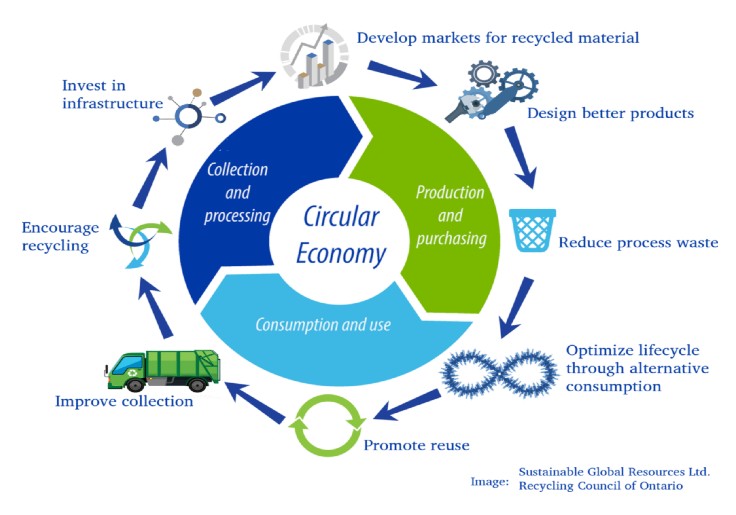And banks are pretending your future away
by Ev Malcolm, a Moneyless Society volunteer, storyteller, and content creator.
As of today — March 17, 2023 — the Powerball lottery jackpot is estimated to be worth $78 million. Imagine you hit that jackpot today, congrats! And then you hit it again tomorrow for the same amount. And again the next day. And the next day.
It would take a little over 2,243 of those jackpots to total the amount of money that the U.S. government recently provided to Silicon Valley Bank (SVB) as a backstop, after their catastrophic collapse last week [1].
It’s hard for people outside of financial/tech/government industries to imagine just how much money $1 billion is, let alone $175 billion. For reference, a billion is one thousand millions. And between the 2008 financial crisis [2], and the recent SVB mess, the U.S. has dumped around $900 billion into bank bailouts over the past couple of decades.
That’s approximately how much money we allocated to our military defense budget this year (let that sink in), but is still more money than the average working citizen could earn in 100,000 lifetimes. Where is all of this money coming from, and why is so much being poured into banks, and how are they subsequently blowing it all? Well, in brief:
The money comes primarily from individual income taxes [3].
It’s being poured into banks because they turn money into more money.
And they’re blowing it by gambling on exactly that process.
Let’s start there — how do banks turn your deposits into more money, which constitutes their profit margin, and makes the government love them so huggy-wuggy much?
When you deposit money at a banking institution, federal regulations only require them to keep a small percentage of that money on-hand, within their accounts (anywhere from 3-10% of total deposits). Banks are legally allowed to invest or loan out the rest of that deposit money as they see fit. They lend their customers’ money out in the form of loans for businesses, mortgages, and tradeable bonds — and they make money from the interest charged on those loans [4].
Or at least, they used to be required to keep a percentage of deposits on-hand. As of March 2020, in a move supposedly intended to ease financial issues during the pandemic, the federal government reduced reserve requirements to 0% and has yet to reinstate the original regulation[5]. Hence why a bank like SVB was legally allowed to lend out more many than could be withdrawn by depositors, and then collapsed when customers did come to pull their money out (known as a “bank run”).
So why would the government bail out a bank that gambled away its clients’ money? And whose money is the government providing to the bank in such a bailout?
Before 1907, financial crises were common in the U.S., and led to banks frequently going under as everyone pulled their money out. So the federal government established a “central bank” meant to act as a stable financial support to back up the various regional banks. This “Federal Reserve System” is overseen by Congress, but more or less given autonomy to run itself. And that means that as long as it isn’t breaking current laws, it can function as it sees fit.
As with most financially focused institutions, banks see fit to operate by generating as much profit as possible, regardless of the potential for collateral damage. But any time one of them goes under, it runs the risk of inciting another panic, and causing people to pull their money out of all the other banks, as well. So the Federal Reserve (central bank), backed by Congress, steps in to shore up any losses, and maintain confidence in the nation’s banking system.
The money that they fill that gap with comes from the U.S. Treasury, which as we mentioned above, is filled primarily by individual income taxes. So when the president says that taxpayers “won’t bear the burden” of a bailout like SVB — you can be assured that they only mean you won’t be asked to pay more money into the rescue plan. The money you’ve paid in the past is already being put toward that process.
The Federal Reserve repeatedly bails out banks not only because they want to prevent larger institutional collapse, but because banks are profit machines that bring in tons of business, loans, and stock market power to the U.S. The Federal Reserve does not bail out student loans, medical debt, or mortgage defaults because those are “personal problems” — and those don’t promise the kind of return on investment that bailing out a bank does.
That’s the consistent decision. Even though banks have proven time and again that they will not learn to handle depositor money more responsibly. Even though there’s no reason that an institution primarily meant to secure your deposits should be allowed to gamble with them to turn a profit. And even though the government has the power to regulate what banks are allowed to do with depositor money, and has placed hard limits on them in the past.
Ironically, bailing out average citizens rather than banks likely would be better for the economy overall — because when people have money to spend, rather than being crushed by constant cycles of debt, they invest in their communities and businesses they appreciate. But that process takes too much time. It’s much quicker for the government, and the Federal Reserve, to dump billions of dollars into contracts for things like oil drilling, which will net them unimaginable sums of money all at once (even if each contract brings the world a little closer to ending).
And even more ironically, all of the endless digital zeroes being traded back and forth by banks and governments and stock markets are no longer tied to any kind of real, physical value. Under Nixon, in 1971, the U.S. abandoned the Gold Standard [6], which had previously tied all debts and ledger exchanges to a physical amount of gold, stored somewhere in a nation’s treasury. After that point, money became completely imaginary. It no longer bears any relation to a physical form of wealth, other than the paper it can be printed on.
Today there is more debt owed between nations and businesses than actually exists in the entire GDP of the planet [7]. And it’s likely that it can never actually be fully repaid — because it’s constantly expanding, and there’s no physical limit to how much “money” can be created.
The men wearing suits, in board rooms, at summit retreats, are tilting the entire productive nature of mankind toward one purpose: make more money. And it does not concern them that the money doesn’t exist. That it has no value apart from the numbers displayed on computer screens. Or that the people working themselves to death to justify those numbers are being excluded entirely from the prosperity they create.
The banks are just the houses where money lives. A sort of temple where politicians and corporate mavericks go to worship. It’s no wonder they defend them so fiercely. They gather there to convert the life savings of families into high-yield stocks and bonds, while the floor catches fire beneath them.
If you’d like to get involved in helping to make a “moneyless society” a reality in your local community, you can sign up to be a volunteer here, join our discord, and/or connect with us on social media by following @MoneylessSociety.
We also encourage you to check out the new book by our co-founder, Matthew Holten, Moneyless Society: The Next Economic Evolution, and our podcast to learn more about who we are, what we do, and how you too can help create a new, better, and more sustainable future.
To see more thoughtful content from Ev Malcolm, you can visit his Instagram page here.

